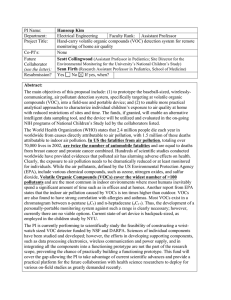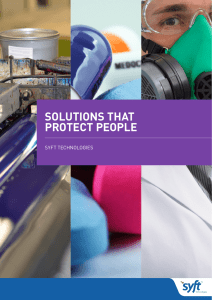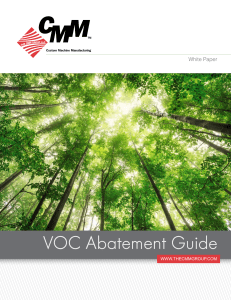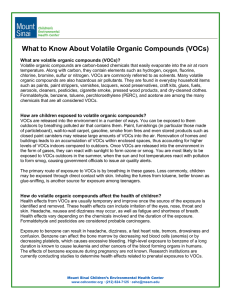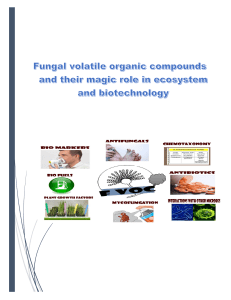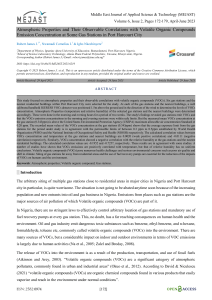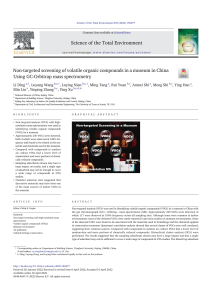Biofiltration for the Treatment of Recalcitrant VOCs in Polluted Air Streams
advertisement
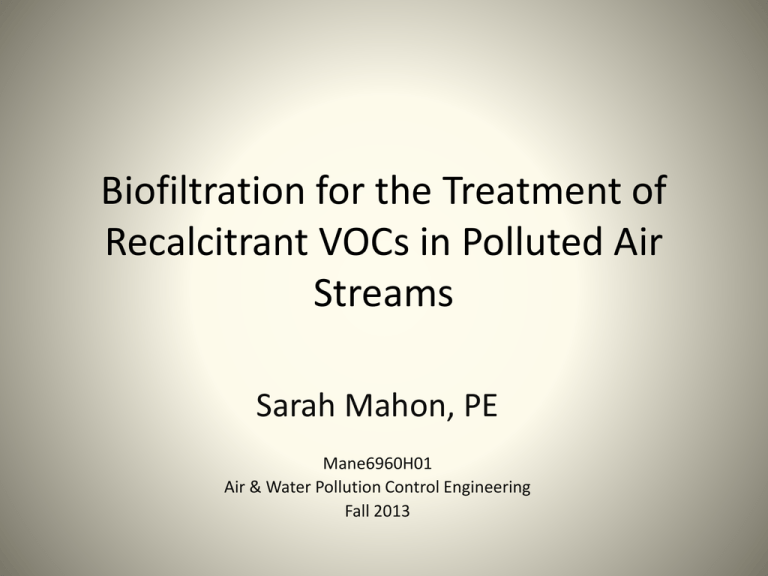
Biofiltration for the Treatment of Recalcitrant VOCs in Polluted Air Streams Sarah Mahon, PE Mane6960H01 Air & Water Pollution Control Engineering Fall 2013 The Problem http://www.bioremediation-specialists.com/Reductive-Processes.php Solution: Soil Vapor Extraction http://commons.wikimedia.org/wiki/File:Conceptual_Diagram_of_Basic_Soil_Vapor_Extraction_(SVE)_System_for_Vadose_Zone_Remediation.png Air Treatment Options for Destruction of VOCs • Thermal oxidation (expensive, creates dioxins, constant fuel to maintain 1300-1500F) • Catalytic oxidation (expensive, rare earth metals, constant fuel to maintain 600-800F) • Activated carbon (expensive, frequent replacement of spent carbon) • Biofilters (inexpensive, but can not treat all VOCs) Biofiltration • Dehalogenation (directly consume target contaminants) • Dehalorespiration (use of halogenated compounds as electron acceptors in anaerobic respiration) • Cometabolism (microbes breakdown compound while using another as a primary substrate) http://www.washoecounty.us/water/PCE_background.htm Biofiltration • Bioaugmentation (insert multiple strains of bacteria that breakdown specific compounds) • UV Photodegredation (pretreatment – breakdown compounds into components easier for biofilter to digest) Conclusions • Need bacterial strains capable of breaking down toxic compounds • Some degradation products more toxic than parent compounds, which can kill bacterial strains • Some benchscale studies have shown success with cometabolism and UV pretreatment (few full-scale studies due to concerns) • More research needed for certain types of recalcitrant VOCs
